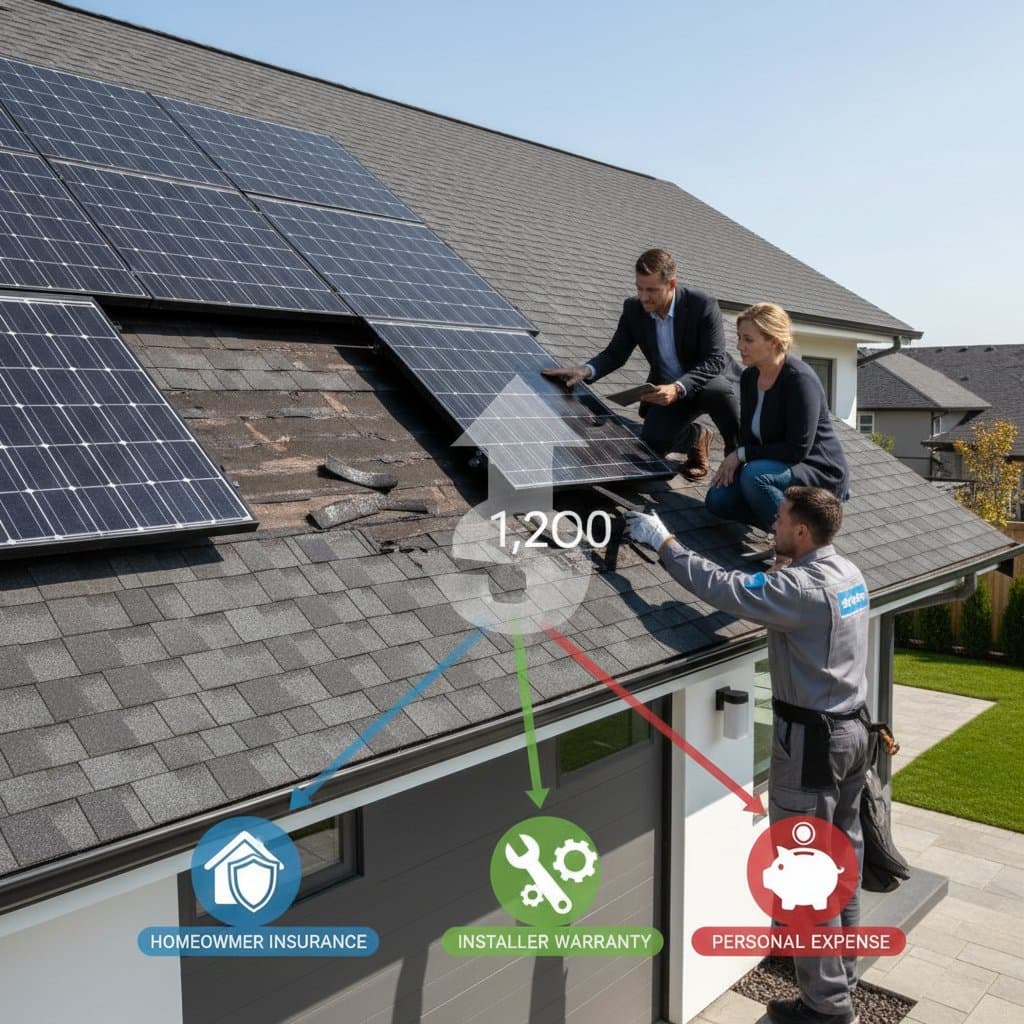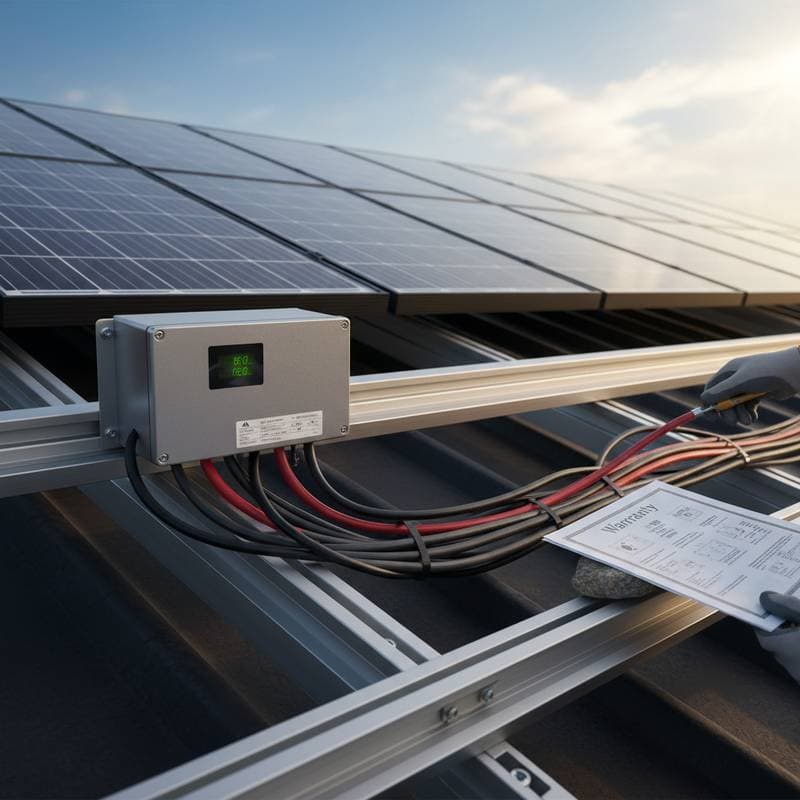2025 Rules Revolutionize Rental Warranty Coverage
Rental property warranties have entered a new era of regulation that reshapes how landlords protect their investments. The latest rules redefine what counts as covered damage, limit service fee inflation, and require clearer disclosure of exclusions. While these updates create stronger consumer safeguards, they also introduce new responsibilities for property owners who depend on warranties to control maintenance costs.
Redefining Coverage Boundaries
Under the revised framework, warranty coverage for rental properties must now separate structural elements from routine wear items. Appliances, HVAC systems, and plumbing components remain covered, but only when the damage results from normal use and not deferred maintenance. Providers must document the difference in contract language instead of relying on vague terms such as normal failure. This requirement closes a major loophole that previously allowed companies to deny claims without clear justification.
Landlords should review every coverage clause carefully. Some plans now include optional upgrades for high-efficiency systems or smart home devices, but these add-ons carry strict eligibility standards. Providers may require pre-inspection records or proof of professional installation before activating coverage. To prepare, schedule an annual property audit to identify potential coverage gaps early.
Financial Structure and Cost Controls
The new rules also target financial transparency. Every warranty provider must disclose service fees, aggregate limits, and payout caps in a standardized format. This transparency enables more accurate cost comparison during the selection process.
Typical pricing now includes a base monthly premium, often between $45 and $80, plus a per-incident service fee that can range from $75 to $125. Coverage limits often cap at $2,000 per system per year, with aggregate annual maximums around $10,000. Any repair above these thresholds becomes an out-of-pocket expense for the landlord. Landlords can calculate potential savings by estimating average repair costs for their property type, such as $500 for a standard HVAC tune-up.
| Coverage Level | Monthly Cost | Service Fee | Coverage Limits | Key Exclusions |
|---|---|---|---|---|
| Basic Plan | $45 to $60 | $75 to $100 | Up to $1,500 per item | Pre-existing issues, neglected maintenance |
| Premium Plan | $65 to $80 | $100 to $125 | Up to $2,000 per item | Cosmetic damage, unauthorized repairs |
These numbers highlight how the rule changes encourage balanced risk sharing between provider and property owner. The transparency requirement prevents unexpected surcharges that previously inflated total ownership costs. Providers must now update pricing disclosures annually to reflect any adjustments.
Claim Process and Provider Accountability
The claim process now follows a standardized structure that emphasizes documentation and response time. Providers must confirm receipt of a claim within one business day, assign a licensed technician promptly, and provide written determination of approval or denial within a defined period. If a claim is denied, the company must cite the exact contractual clause that supports the decision. This measure strengthens accountability and simplifies dispute resolution.
Homeowners are responsible for maintaining accurate service records to prove compliance with maintenance obligations. Failure to document regular upkeep remains one of the most common causes of claim denial. To avoid this, implement a digital logging system for all maintenance activities, including dates, invoices, and technician notes.
Steps to Evaluate and Select Warranty Coverage
Landlords should treat warranty contracts as financial instruments rather than simple repair plans. Comparing total cost of ownership against expected repair frequency helps determine whether the coverage adds measurable value. A well-structured warranty can stabilize annual maintenance budgets, but a poorly chosen plan can drain reserves through limited coverage and frequent exclusions.
Before signing any agreement, request the complete contract in writing, read every exclusion, and verify the provider's licensing status. These steps protect rental income streams and ensure that warranty coverage functions as intended under the new regulatory environment. Careful analysis, combined with disciplined recordkeeping, gives landlords the confidence to maintain properties efficiently while avoiding financial surprises. Consider consulting a property management expert for a personalized review of warranty options tailored to your portfolio.



